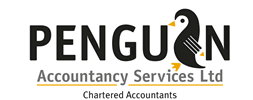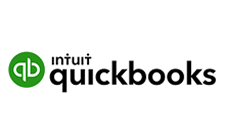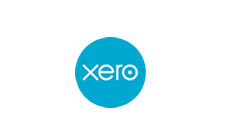MTD for income tax - what’s new?
Sole traders and landlords will soon need to get to grips with Making Tax Digital for Income Tax Self-Assessment (MTD ITSA). What’s the latest on who must use MTD ITSA and the reporting requirements?

Mandatory MTD
You probably already know that starting from April 2026 Making Tax Digital for Income Tax Self-Assessment (MTD ITSA) will be phased in for sole traders and landlords, requiring digital records to be kept and prescribed quarterly online reports to be made to HMRC. You’ll be in the first group if your turnover from trading and property income exceeds £50,000 in 2024/25. From April 2027 you must use MTD ITSA if your turnover for 2026/27 exceeds £30,000 for 2026/27. The threshold is set to fall to just £20,000 the following year.
For the purposes of the threshold, exempt income, e.g. rent qualifying for full rent-a-room relief, is ignored.
VAT and the MTD ITSA threshold
You need to take care when checking if your turnover exceeds the MTD ITSA threshold if you’re registered for VAT and prepare your accounts using the cash basis, i.e. money received and money spent, rather than sales you’ve invoiced and bills received.
If you prepare accounts on the cash basis they may show sales etc. income including VAT. You must deduct the VAT element from your turnover when checking if it exceeds the MTD ITSA threshold.
A similar issue applies if you use the VAT flat rate scheme (FRS). HMRC says that when preparing accounts you can choose whether to deduct the FRS VAT from turnover or include it as part of your turnover and deduct it as an expense.
Deducting the VAT FRS amount reduces your turnover for comparison to the MTD ITSA threshold.
Income below £90,000
If you are using MTD ITSA HMRC will allow you to make simplified quarterly reports if your combined income from business and property is below the VAT registration threshold, currently £90,000 per year. In this case your quarterly reports need only show total income and total expenses, and no other details. However, if your property income is from a residential let, you must also report any related interest and other finance charges you pay.
Jointly owned property
Reporting income from jointly owned property under MTD ITSA remains a bone of contention. HMRC has relaxed the rules insofar as joint landlords need only report their share of the property’s income and expenses rather than those for the property as a whole. But there’s still no guidance on how to comply if you are simply paid your net share of the income without details of any expenses deducted. The upshot seems to be that you must report your share of total income in your quarterly reports, but full details and expenses when you complete your MTD ITSA year-end declaration.
Related Topics
-
Are IHT changes coming?
You’re seeing a lot of speculation in the press about further changes to inheritance tax (IHT) in the upcoming Budget, including a cap on the amount you can give to your loved ones. Would you be better off making gifts before the Budget date?
-
Company motorbikes - a two-wheeled tax trap?
You’ve taken on a youngster as a general assistant for your business. The role includes making local deliveries for which your firm provides a motorbike. This could trigger unexpected tax and NI charges. What steps can you take to avoid them?
-
Do you need to pay tax on loyalty points and cashback?
You’ve been making business purchases on your personal credit card and reaping the rewards in the form of airmiles and cashback. What, if anything, do you need to do to keep on the right side of HMRC?






 This website uses both its own and third-party cookies to analyze our services and navigation on our website in order to improve its contents (analytical purposes: measure visits and sources of web traffic). The legal basis is the consent of the user, except in the case of basic cookies, which are essential to navigate this website.
This website uses both its own and third-party cookies to analyze our services and navigation on our website in order to improve its contents (analytical purposes: measure visits and sources of web traffic). The legal basis is the consent of the user, except in the case of basic cookies, which are essential to navigate this website.